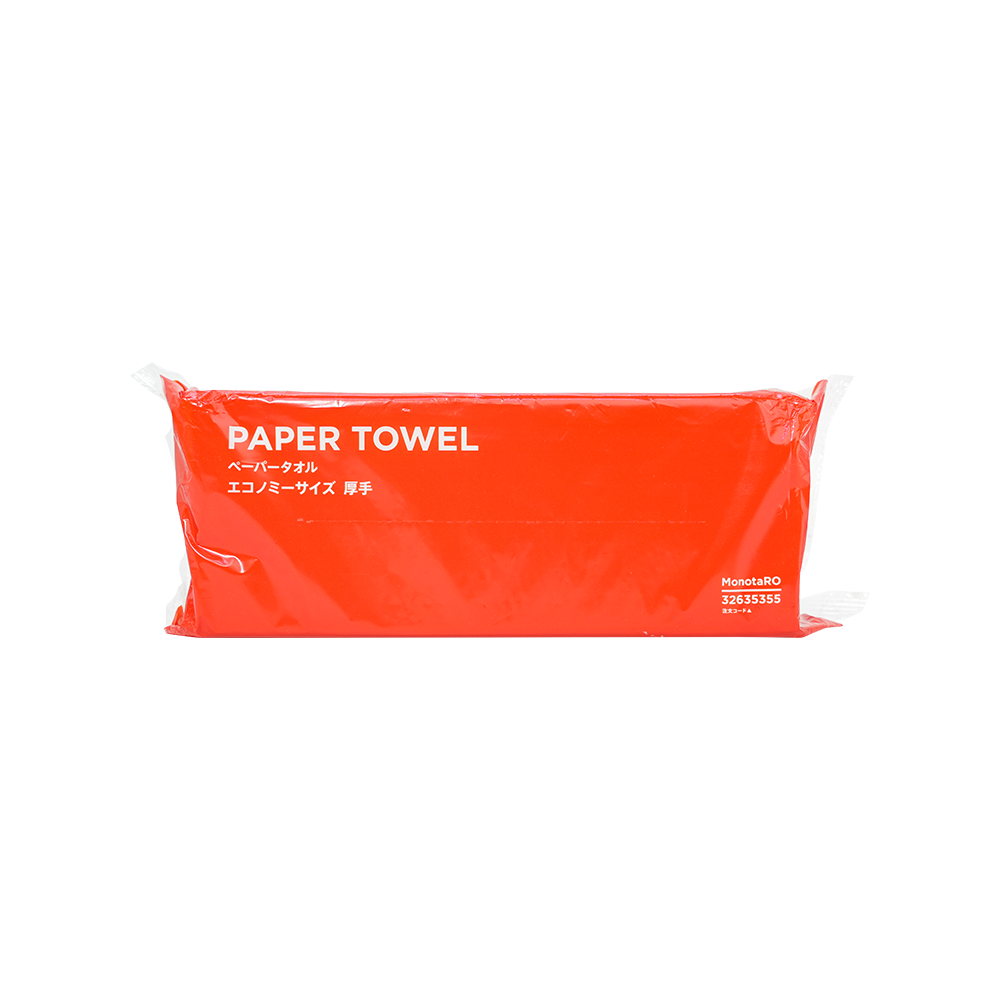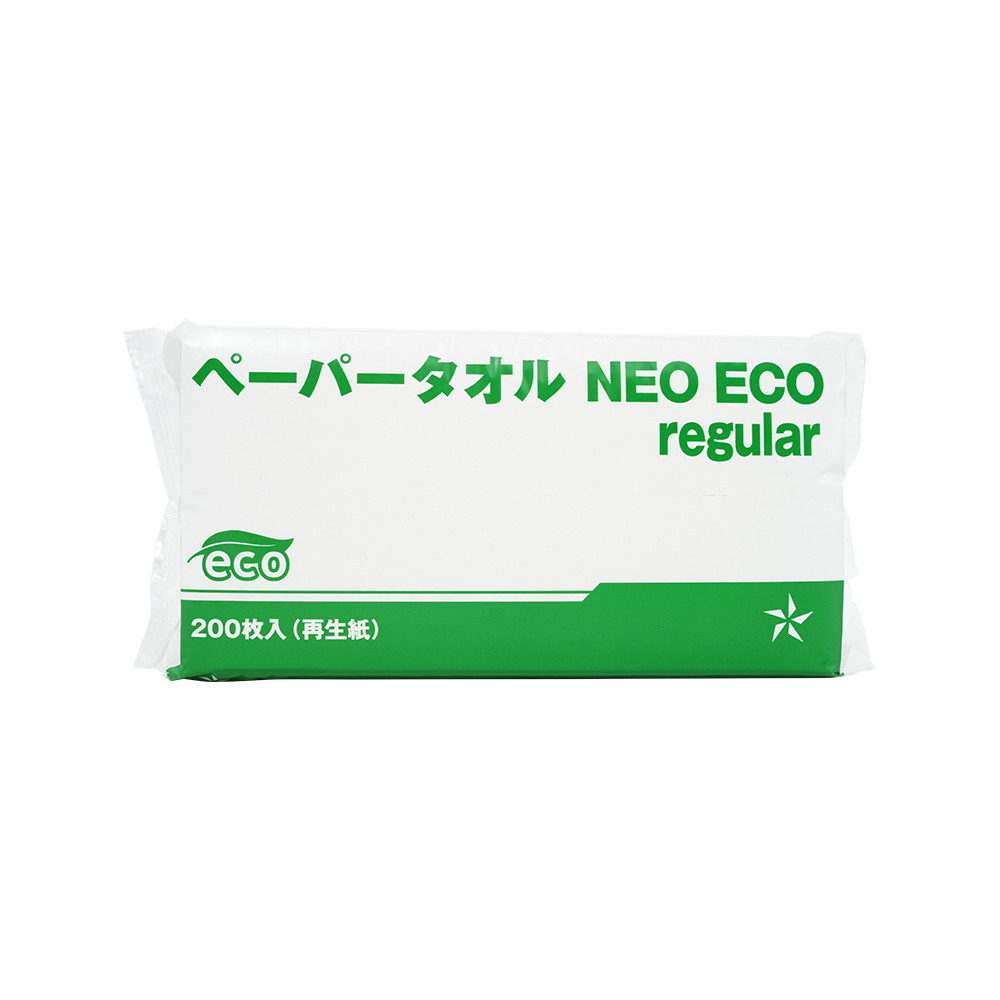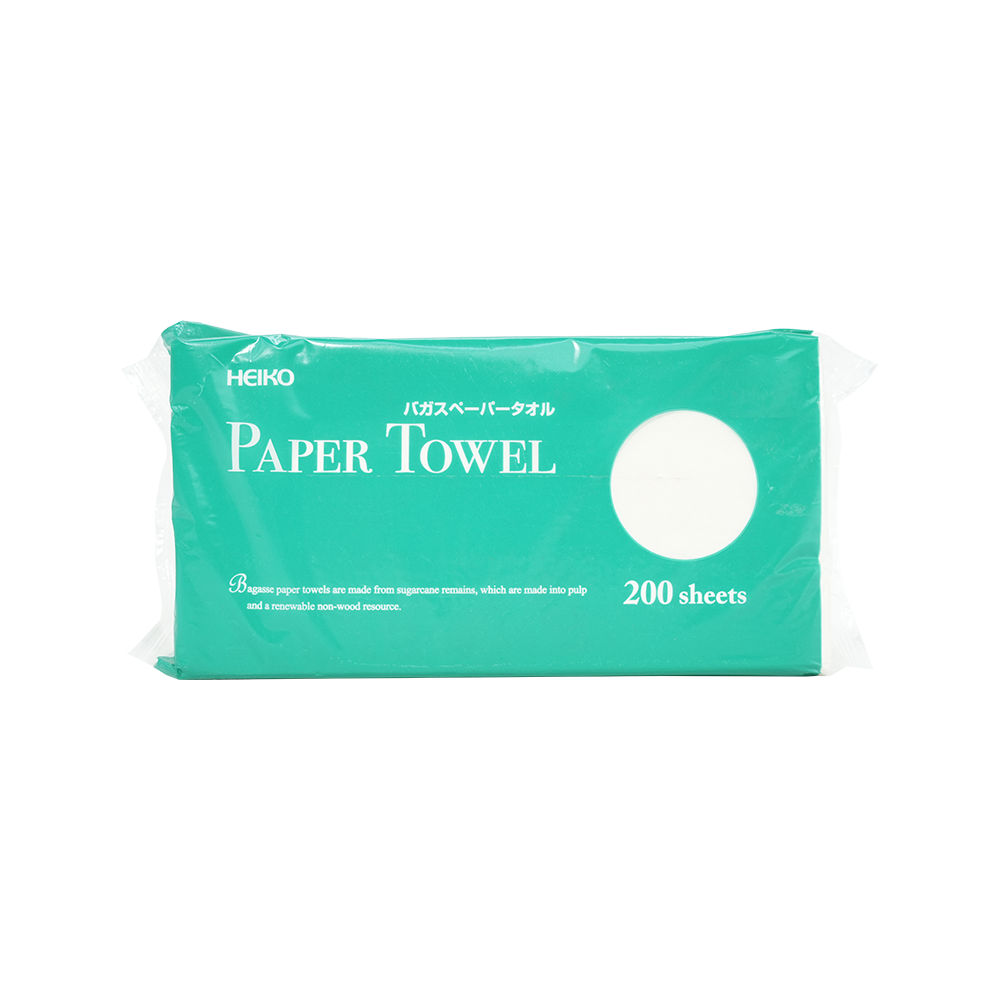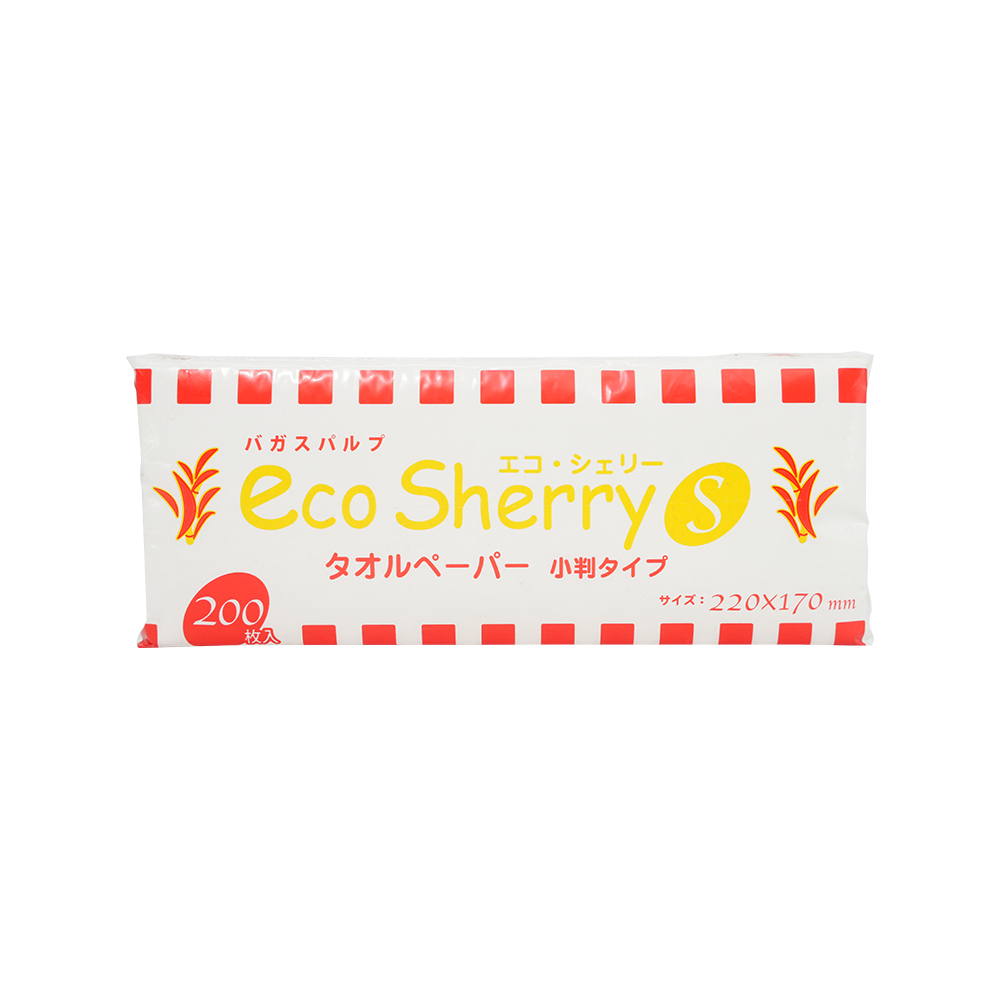Do Hand Paper Towels Effectively Absorb Spills of Oil or Liquid?
 2025.10.17
2025.10.17
 Industry News
Industry News
Spills are a part of daily life—whether it’s water, coffee, or cooking oil, accidents happen. One of the most common solutions is reaching for a hand paper towel. But the question many people ask is: do hand paper towels really absorb spills effectively? Understanding how they work, their limitations, and best practices can help you make smarter choices in both households and commercial settings.
Understanding Hand Paper Towels
Hand paper towels are disposable sheets made from paper pulp, designed primarily for drying hands but often used for cleaning small spills. They are available in different types, including single-ply, multi-ply, recycled, or virgin paper varieties. Their absorbency depends on a combination of factors such as thickness, material, and the structure of the fibers.
Unlike cloth towels, which can be washed and reused, hand paper towels are single-use. This single-use feature makes them hygienic but also raises questions about their effectiveness, especially when dealing with liquids that are viscous, like oils.
How Paper Towels Absorb Liquids
The absorbency of paper towels relies on capillary action. The fibers in the towel create tiny channels that pull liquid into them. Multi-ply towels usually perform better because they have more layers to trap liquid. However, the type of liquid also matters:
- Water-based liquids (like juice, coffee, or water) are easily absorbed due to their low viscosity.
- Oil-based liquids (like cooking oil or salad dressing) are more challenging because oil does not interact with cellulose fibers as readily as water.
Some paper towels are marketed as “oil absorbent” or “heavy-duty” and are often treated or designed with denser fibers to enhance absorption.
Factors Affecting Absorption
Several factors influence how effectively hand paper towels can absorb spills:
1. Thickness and Ply
Thicker towels or those with multiple plies have more fibers to trap liquid. A single-ply paper towel may tear or saturate quickly, making it less effective for larger spills.
2. Fiber Quality
High-quality paper towels made from virgin pulp typically absorb liquids better than recycled ones, as recycled fibers may be shorter and less dense.
3. Liquid Type
Water spreads easily across paper fibers, while oil tends to stay on the surface. Therefore, absorbing oil may require pressing and blotting multiple times.
4. Surface Area of Spill
Small, concentrated spills are easier to manage than wide, thin layers of liquid. Hand paper towels are best suited for small to medium spills.
5. Technique
The way you use the towel affects its efficiency. Blotting rather than rubbing reduces spreading and maximizes absorption.
Absorbing Water vs. Oil
Water and other water-based liquids are absorbed quickly by most hand paper towels. For example, spilling coffee on a countertop can often be cleaned with a single sheet.
Oil, however, is different. Because oil has a higher viscosity and does not bond well with cellulose fibers, it tends to sit on the surface. Effective oil absorption requires towels with higher fiber density or specialized oil-absorbing materials.
Some commercial hand paper towels include additional materials or design features, such as:
- Textured surfaces to increase contact area
- High-ply construction for more absorption
- Blotting layers specifically for grease
Even so, removing large oil spills may require multiple sheets or supplemental absorbents like cloth towels, paper rags, or absorbent pads designed for oil.
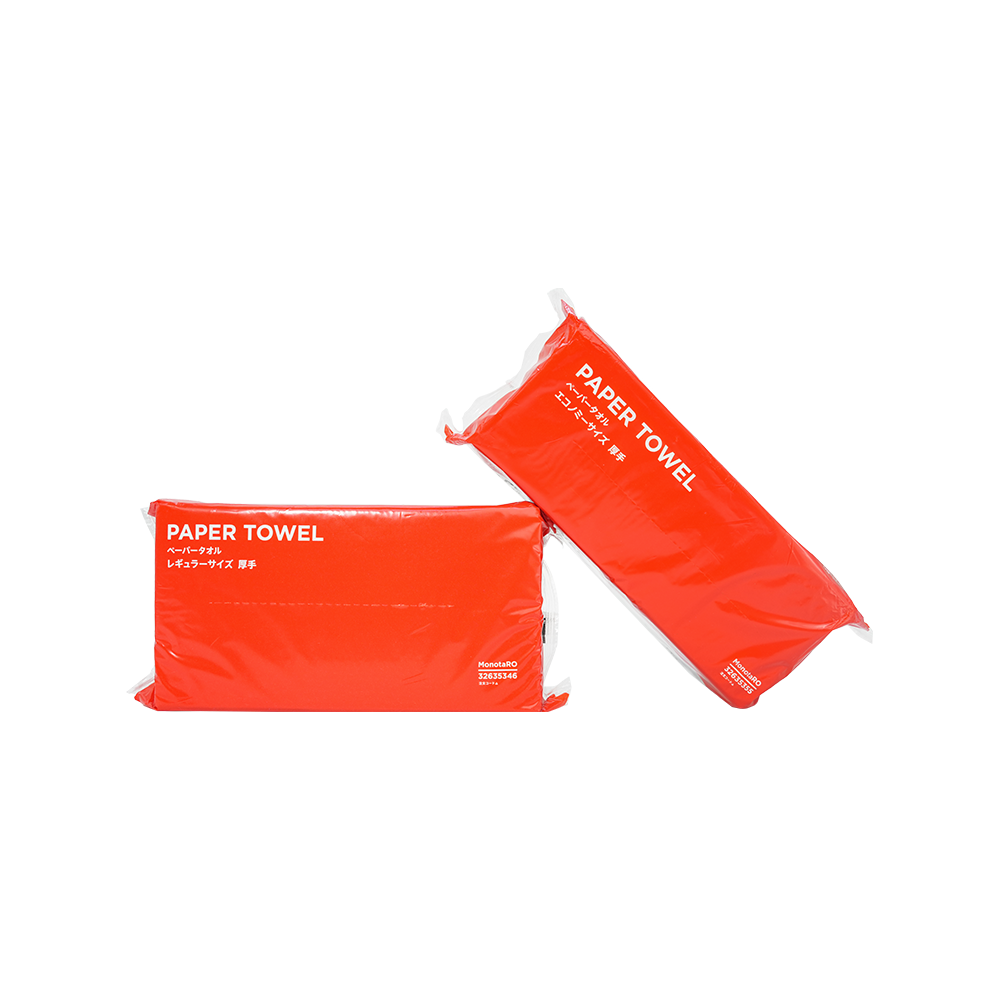
Best Practices for Using Hand Paper Towels
- Blot, Don’t Rub: Press the towel onto the spill to allow it to soak up liquid. Rubbing can spread the spill.
- Layer Towels: Use multiple sheets for larger spills. One towel may not be enough.
- Dispose Properly: Oil-soaked paper towels should not be flushed or burned; they can cause blockages or fires. Place them in trash or follow local disposal guidelines.
- Store Towels Properly: Keep them dry and away from moisture until use. Damp towels lose absorbency.
Limitations of Hand Paper Towels
While convenient, hand paper towels are not a universal solution. Limitations include:
- Limited Absorption Capacity: Large spills can exceed the capacity of a single towel.
- Cost and Waste: Using multiple sheets can generate significant waste compared to reusable cloths.
- Ineffectiveness with Grease: Heavy oil spills often require specialized products.
- Surface Restrictions: On textured or porous surfaces, paper towels may leave residue or fibers behind.
Alternatives for Better Absorption
For situations where hand paper towels are not enough, consider these alternatives:
- Cloth Towels: Reusable, highly absorbent, and ideal for oil or large spills.
- Microfiber Cloths: Excellent for both oil and water-based spills.
- Specialized Absorbents: Commercial oil-absorbing pads and mats can handle heavy oil spills.
- Combination Approach: Use hand paper towels first to remove excess, then finish with a cloth or pad.
Conclusion
Hand paper towels can effectively absorb many types of liquid spills, particularly water-based ones. However, their effectiveness with oil or viscous liquids is limited by fiber structure, thickness, and the inherent properties of oil. For small, everyday spills, a quality multi-ply hand paper towel is sufficient. For larger or more challenging spills, additional absorbent materials or specialized towels are recommended.
By understanding the strengths and limitations of hand paper towels, you can make smarter choices for cleaning, reduce waste, and ensure spills are managed safely and efficiently. Proper technique—such as blotting rather than rubbing—and using the right number of sheets can significantly improve results.


 English
English 日本語
日本語 한국어
한국어
